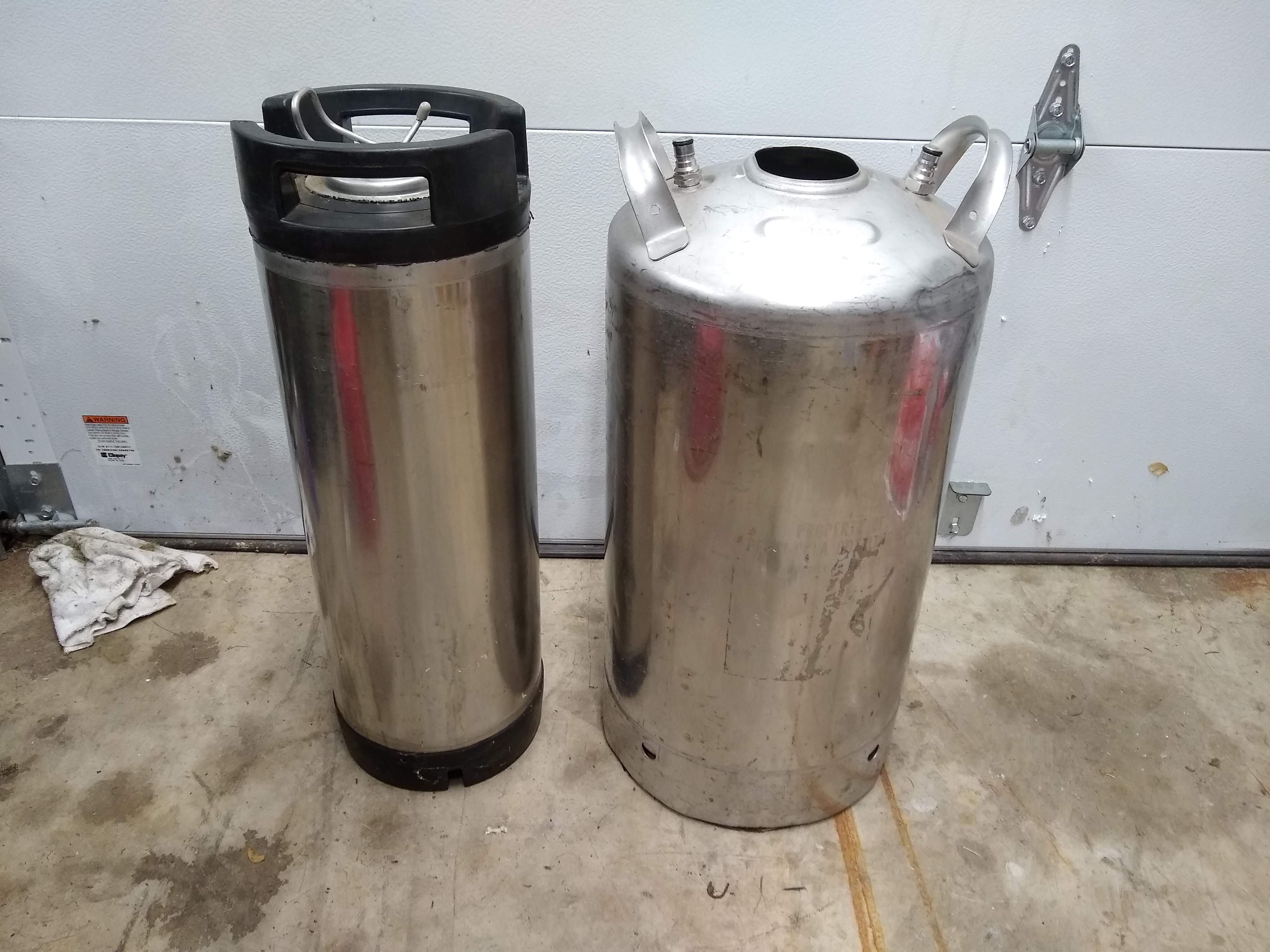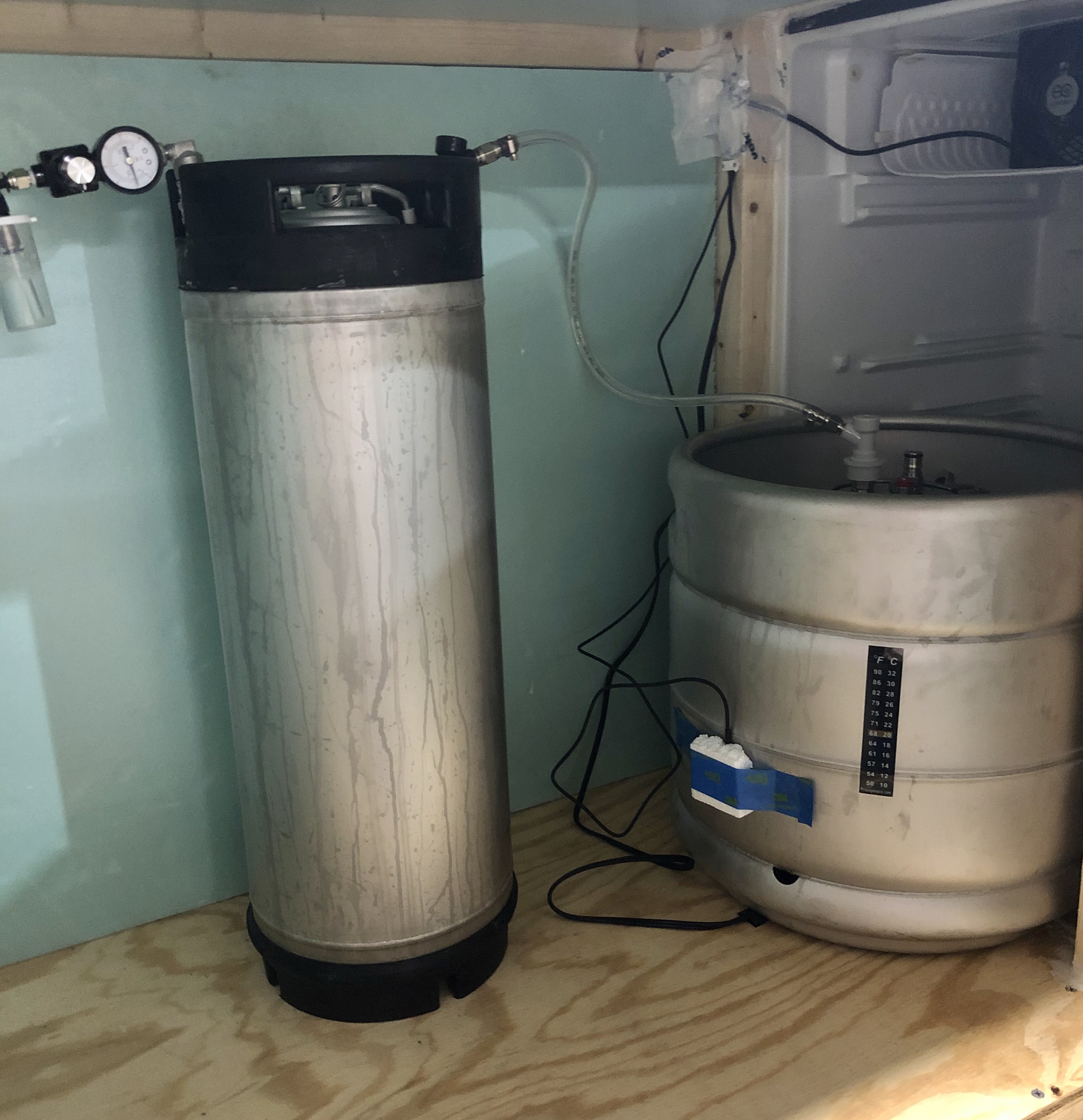JLeather
Well-Known Member
Picked up a bunch of kegging stuff tonight from an estate sale (more on that later). Enough to get into kegging and start building a single-level brew station (couple March pumps, a few more kettles, etc). Among the items was (3) big corny kegs that I think are 10 gallon. I'm thinking I want to use these as fermenters. Anyone had experience doing the same thing? I figure I just need a spunding valve and a floating dip tube and away we go? Any issues with the excess headspace fermenting 5.5 gallons in a 10 gallon corny?







































![Craft A Brew - Safale S-04 Dry Yeast - Fermentis - English Ale Dry Yeast - For English and American Ales and Hard Apple Ciders - Ingredients for Home Brewing - Beer Making Supplies - [1 Pack]](https://m.media-amazon.com/images/I/41fVGNh6JfL._SL500_.jpg)










